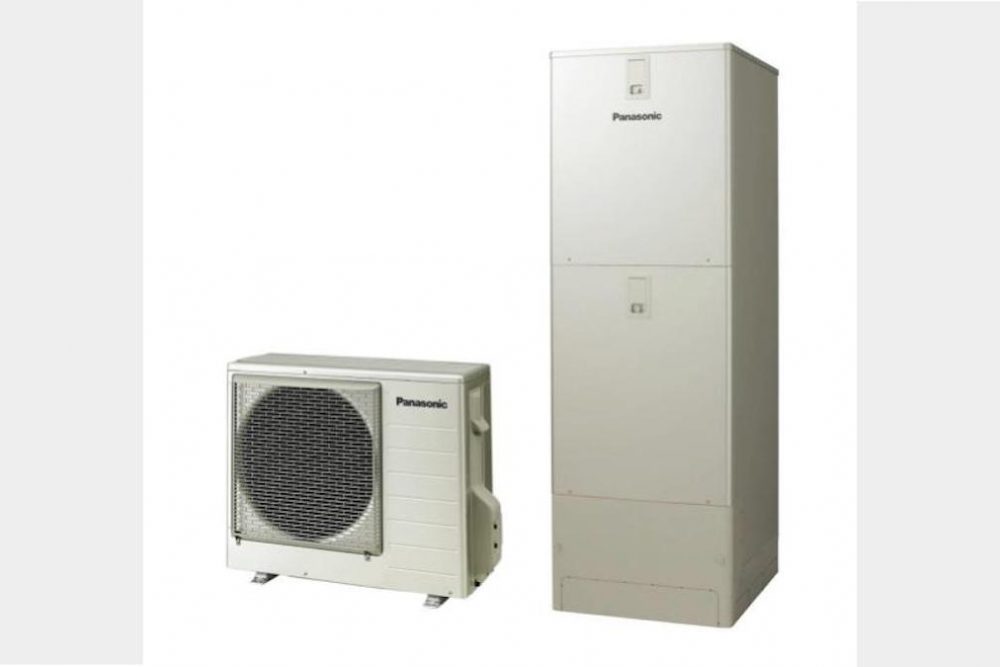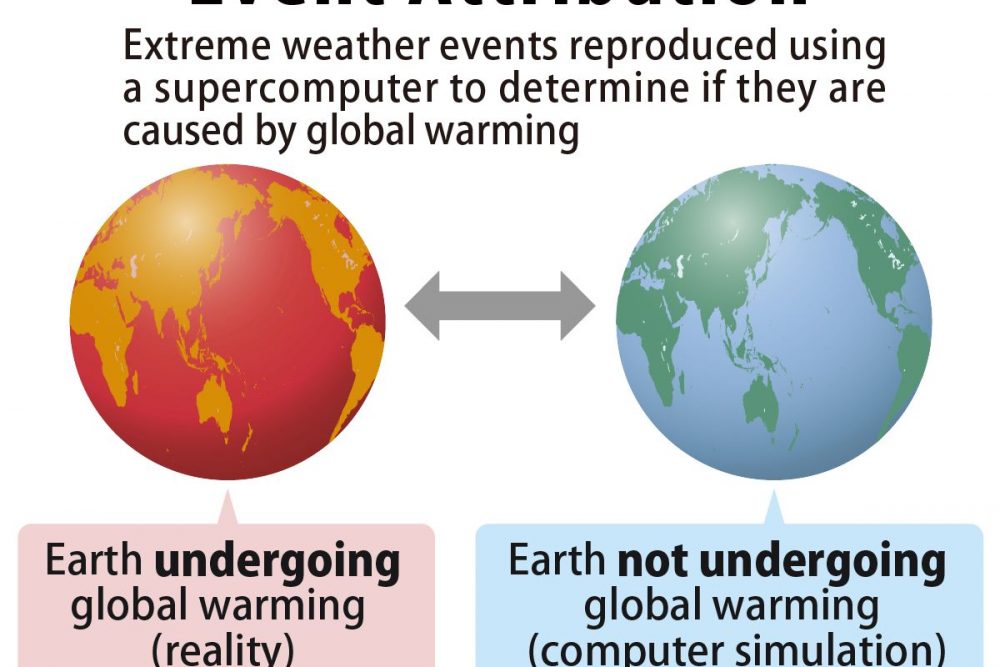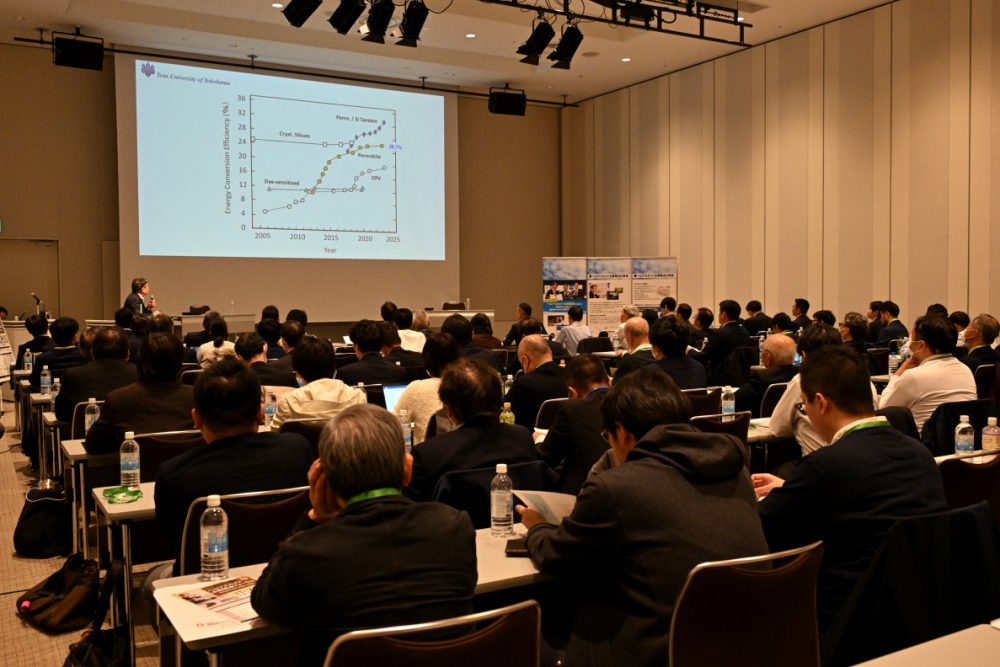Fostering Hands-On Environmental Education Through Classroom Insulation
Children are participating in hands-on learning about climate change when insulating their schools, but costs remain a challenge at the national scale.

このページを 日本語 で読む
Hands-on initiatives to involve students and parents in the insulation of school classrooms have been generating interest. Projects aim to convert classrooms, which suffer from excessive heat in the summer and cold in the winter, into more pleasant and energy-efficient spaces. Moreover, the renovations provide an educational opportunity to raise awareness about the importance of energy conservation and climate change mitigation.
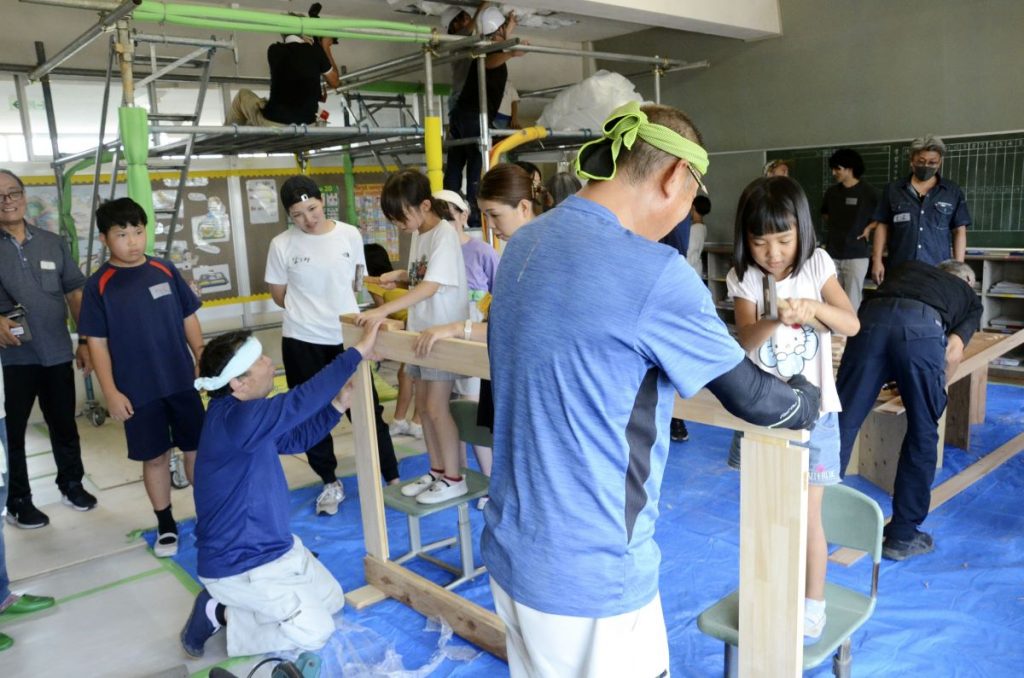
The movement has now expanded to include more than 20 schools across the nation. However, many of these schools rely on donations from local residents to cover the costs, which means there is a limit to the number of retrofits that can be carried out. Experts involved in the endeavor emphasize the need for budget allocation and a unified nationwide effort, particularly in light of recent heat waves.

Hands-On Activities
In August, a workshop on insulation took place at Nagareyama Kita Elementary School in Nagareyama City, Chiba Prefecture. Approximately 40 children and parents participated in the hands-on event. Guided by local construction workers, children worked diligently alongside adults to install insulation materials in the ceiling and walls. They also crafted and installed acrylic interior window panels. The entire process took roughly half a day to complete. For some children, it was the first time to handle a hammer.

Before engaging in these hands-on activities, participants were given a study session on climate change. A parent who attended the event commented, "it was a valuable experience for the children."
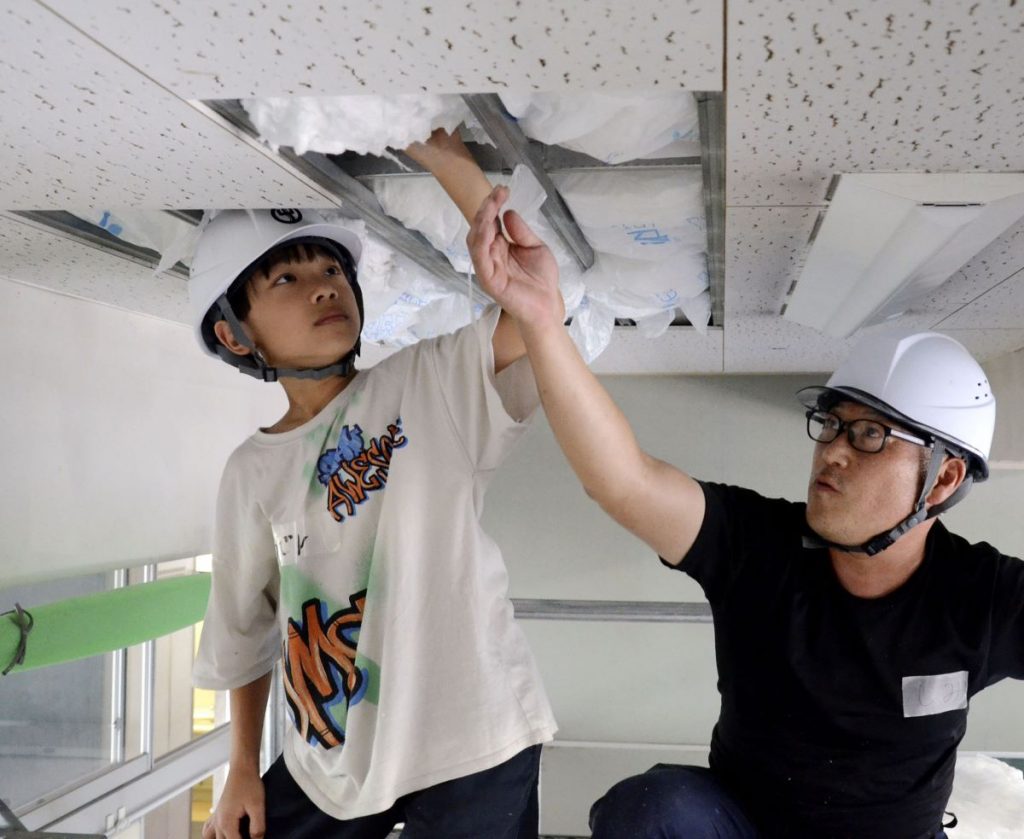
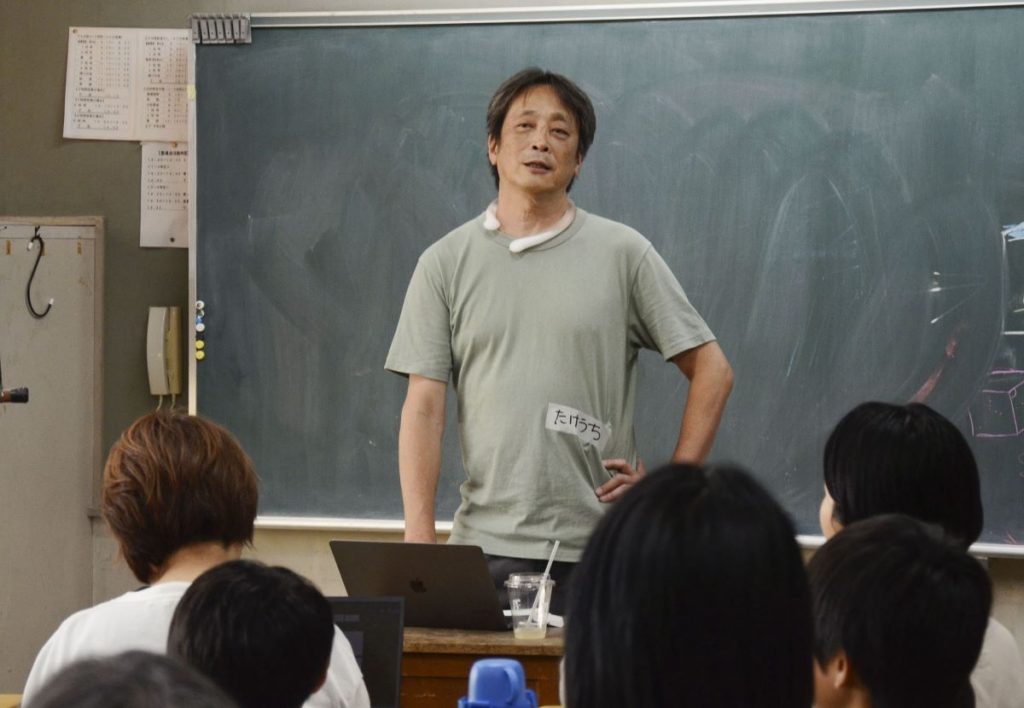

このページを 日本語 で読む







